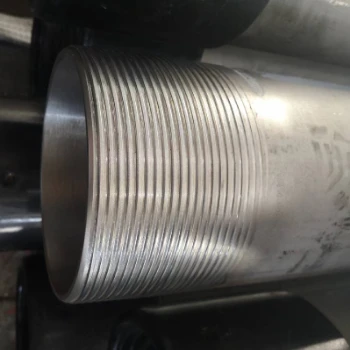- Afrikaans
- Albanian
- Amharic
- Arabic
- Armenian
- Azerbaijani
- Basque
- Belarusian
- Bengali
- Bosnian
- Bulgarian
- Catalan
- Cebuano
- Corsican
- Croatian
- Czech
- Danish
- Dutch
- English
- Esperanto
- Estonian
- Finnish
- French
- Frisian
- Galician
- Georgian
- German
- Greek
- Gujarati
- Haitian Creole
- hausa
- hawaiian
- Hebrew
- Hindi
- Miao
- Hungarian
- Icelandic
- igbo
- Indonesian
- irish
- Italian
- Japanese
- Javanese
- Kannada
- kazakh
- Khmer
- Rwandese
- Korean
- Kurdish
- Kyrgyz
- Lao
- Latin
- Latvian
- Lithuanian
- Luxembourgish
- Macedonian
- Malgashi
- Malay
- Malayalam
- Maltese
- Maori
- Marathi
- Mongolian
- Myanmar
- Nepali
- Norwegian
- Norwegian
- Occitan
- Pashto
- Persian
- Polish
- Portuguese
- Punjabi
- Romanian
- Russian
- Samoan
- Scottish Gaelic
- Serbian
- Sesotho
- Shona
- Sindhi
- Sinhala
- Slovak
- Slovenian
- Somali
- Spanish
- Sundanese
- Swahili
- Swedish
- Tagalog
- Tajik
- Tamil
- Tatar
- Telugu
- Thai
- Turkish
- Turkmen
- Ukrainian
- Urdu
- Uighur
- Uzbek
- Vietnamese
- Welsh
- Bantu
- Yiddish
- Yoruba
- Zulu
casing coupling dimensions
Understanding Casing Coupling Dimensions A Key Factor in Oil and Gas Drilling
Casing coupling dimensions are critical specifications in the oil and gas industry, particularly in the drilling process. These dimensions refer to the standardized measurements and designs of the couplings that connect sections of casing pipe. Casing plays a crucial role in maintaining the integrity of wells, ensuring that the borehole remains stable and that groundwater is protected from contamination during drilling operations.
In oil and gas drilling, casing is usually made of steel and is inserted into the drilled wellbore to protect its walls from collapse and keep unwanted fluids from entering. Couplings are fitted between segments of casing to facilitate the assembly and disassembly of the pipeline. Given the harsh environments in which drilling occurs, the dimensions of these couplings must be precisely designed to withstand high pressures and reduce the risk of failure.
The American Petroleum Institute (API) has established standardized dimensions for casing and coupling products, which are widely adopted within the industry. These standards ensure compatibility between different manufacturers’ products, aiding in efficient assembly processes and minimizing downtime. Typically, casing couplings come in various sizes and grades, such as API 5CT, which specifies the requirements of casing and tubing used in oil and gas wells, including their dimensions, tolerances, and mechanical properties.
casing coupling dimensions

One major factor influencing casing coupling dimensions is the type of well being drilled. For instance, deep wells require thicker casing with reinforced couplings to manage increased pressure and temperature conditions. Conversely, shallower wells might utilize lighter casing and couplings, favoring cost-effectiveness. It is essential to select the appropriate dimensions and grades to suit the specific geological and operational conditions encountered.
Moreover, the design of casing coupling dimensions also addresses issues such as corrosion resistance and sealing capabilities. Enhanced coatings and materials are often required to ensure longevity and reliability, given that couplings are frequently exposed to corrosive elements and high-stress environments. In recent years, advancements in material science and engineering have led to the development of innovative coupling designs, including threaded and welded couplings that promise improved strength and sealing properties.
In summary, casing coupling dimensions are fundamental to the efficiency and safety of drilling operations in the oil and gas industry. Understanding these dimensions not only aids in selecting the right products but also plays a crucial role in enhancing the overall performance of drilling projects. As the industry continues to evolve, staying updated on the latest dimension standards and technologies is vital for successful operations.
-
Tubing Pup Joints: Essential Components for Oil and Gas OperationsNewsJul.10,2025
-
Pup Joints: Essential Components for Reliable Drilling OperationsNewsJul.10,2025
-
Pipe Couplings: Connecting Your World EfficientlyNewsJul.10,2025
-
Mastering Oilfield Operations with Quality Tubing and CasingNewsJul.10,2025
-
High-Quality Casing Couplings for Every NeedNewsJul.10,2025
-
Boost Your Drilling Efficiency with Premium Crossover Tools & Seating NipplesNewsJul.10,2025







